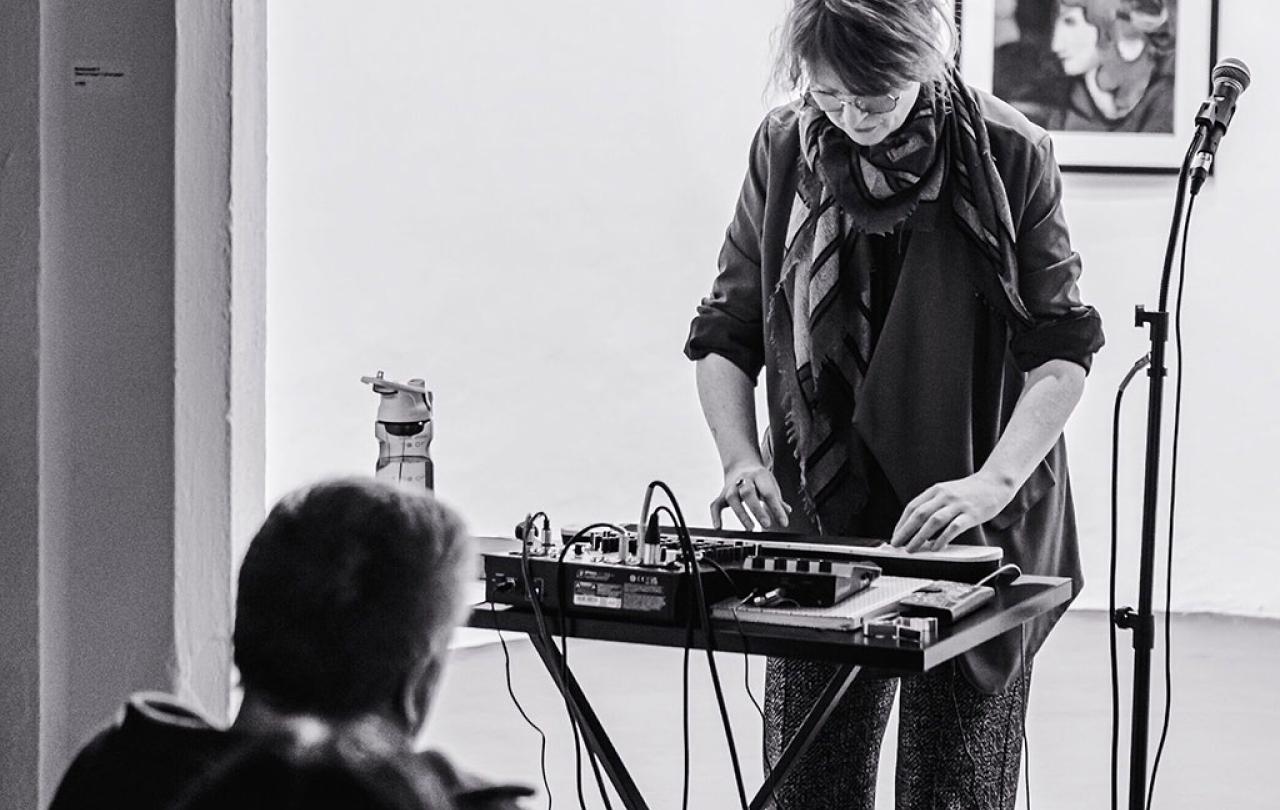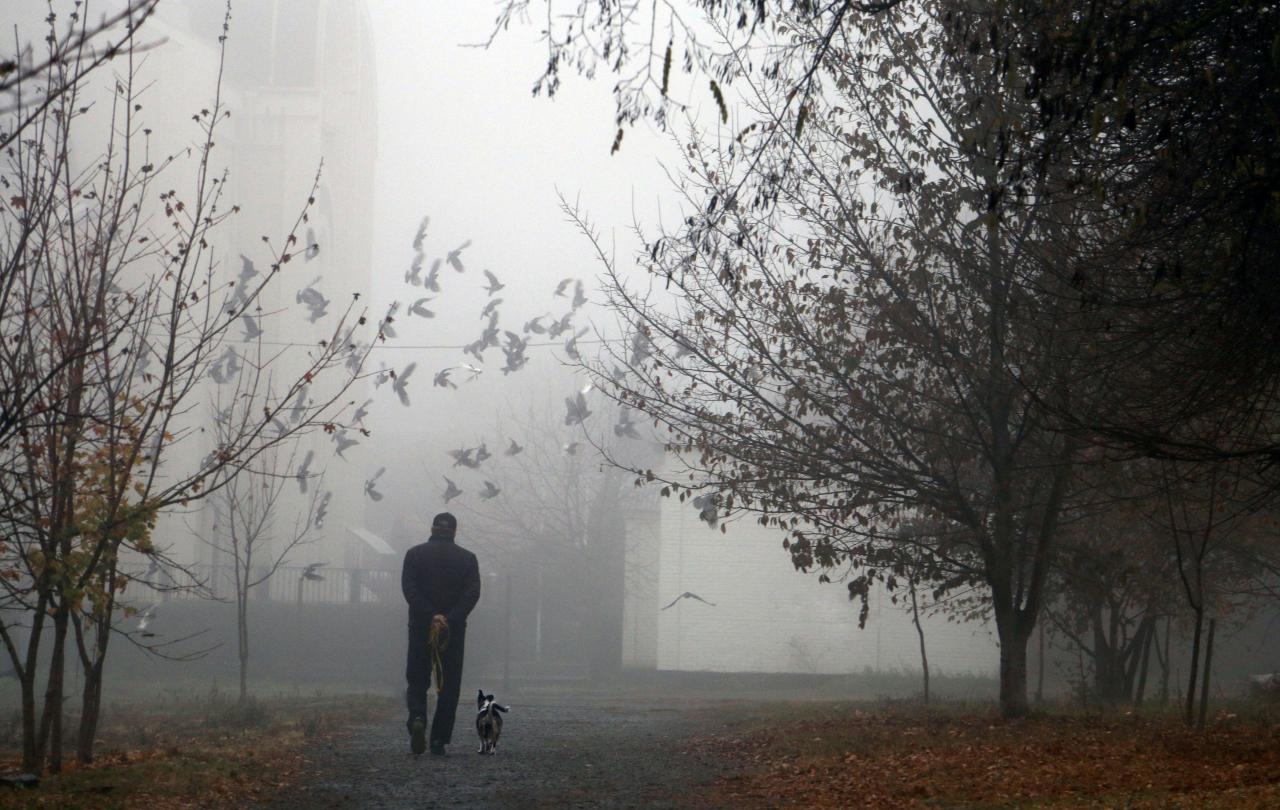
In 2012, musician Lleuwen Steffan first came across a trove of lost Welsh folk hymns preserved in the sound archive of St Fagan’s Museum. Knowing they were not in current hymn books, she undertook further research and discovered they had been excluded from earlier hymn books by the then all-male hymn book committees of their time. Instead, they had been passed on orally, and, although recorded for St Fagan’s by the historian Robin Gwyndaf, had become lost with time and secularization.
Steffan was particularly attracted to these hymns as many dealt with the dark side of the psyche including addiction and mental distress. She has said that many of these hymns, some of which date back to the eighteenth century, are “conversational and the lyrics feel so current”. She is currently taking these hymns back to where they were born through a tour of 50 chapels in Wales but this is not an exercise in nostalgia as her focus is on their contemporary resonance: “Musically, I’m not interested in recreating something from the past. That’s missing the point. Yes, the words are old but the message is always new. The music is free form.”
Although the subject matter of these hymns will have been part of the reason for their exclusion from the hymn books of their day, that same subject matter has been part of worship songs from the time of the Psalms to the present. The Psalms are the worship songs of the people of Israel as recorded in the Old Testament and are the first occasion in ancient literature where the voice of victims is heard and valued.
The Old Testament scholar Walter Brueggemann in his book Spirituality of the Psalms provides an insightful and structured overview of the Psalms using three categories: orientation, disorientation, and new orientation. Orientation is the establishment of structure and order. Disorientation is a place of imbalance and nonsense, which is potentially unjust. New orientation is moving forward away from what was and toward new possibilities. As a result, the Psalms provide us with expressions of suffering and hope in the seasons of everyday life. In his book, Brueggemann explains how Psalms of negativity, cries for vengeance, and profound penitence are foundational to a life of faith, and establishes that the reality of deep loss and amazing gifts are held together in a powerful tension.
“This eerie, intriguing and enchanting music... is infused with echoes of the past two centuries’ beliefs and threads of spirituality and song.”
With such a collection of worship songs as the foundation of worship in churches, and with plainsong in Western churches providing a means by which to chant the Psalms on a daily basis, it should not be surprising that later hymns, such as those being reimagined by Steffan, tap into the dark side of the psyche. The success of albums such as Officium by saxophonist Jan Garbarek and The Hilliard Ensemble, together with Steffan’s own collaboration with pianist Huw Warren and saxophonist Mark Lockheart on Welsh hymns Duw A Wyr (God Only Knows) which is in a similar vein, show how such music can be made relevant to contemporary audiences.
Ghostwriter’s latest album, Tremulant, inhabits similar sonic territory to Steffan’s current Tafod Arian (Silver Tongue) music. Created over several years by Mark Brend, Suzy Mangion, Andrew Rumsey and Michael Weston King, this album has also been borne out of a shared love of antique evangelical hymns and spiritual songs. Using English, Welsh, Scottish and American source material from the nineteenth and early twentieth centuries, the quartet pieced together their reconstructed hymnal through remote collaboration – creating an album that sounds both ancient and modern.
In his review of Tremulant, Rupert Loydell says it is “a strange ambient gospel album, where what used to be called spirituals and hymns are subverted by echo, wheezing organ and spacious musical interludes, which recontextualise, reimagine, stretch and mutate the very idea of song”. This, he says, “is eerie, intriguing and enchanting music” with “echoes of classic Nico (the cold beauty of Desertshore)”. It's ”declamatory poetry, alt-folk, noise and gentle discord” combined with “calm vocals” is “infused with echoes of the past two centuries’ beliefs and threads of spirituality and song”. As such, it's not what you’ll hear the local worship band playing, more’s the pity!
“Something kept bringing me back. That something has always been there. For that I am extremely thankful and am listening to it more and more.”
Like buses, other revisiting’s and reimagining’s of old hymns and gospel songs are also coming along together. Hymn Time In The Land Of Abandon by Over the Rhine is “Music that we grew up singing, music as present in our formative years as the air we breathed”. Their recordings of hymns have been described as “spare, sweet and subtle renderings that transform the familiar into something fresh and new”.
The musical reimaging involved in Over the Rhine’s reinterpretations of hymns takes them into the space that Brueggemann defines as new orientation, while the sounds and, in some cases, content of the hymns chosen by Steffan and Ghostwriter are more in the realm of his disorientation category. The music making of Lleuwen Steffan, Ghostwriter and Over the Rhine takes us to places not commonly accessed by the music used in many church services. As is indicated by the story of hymn book committees omitting hymns that tap into the dark side of the psyche, much of the music used in church services can be located firmly in either the orientation or, sometimes, the new orientation categories.
Given that the arc of Christ’s life, death and resurrection takes us on a similar journey to that which Brueggemann sees occurring in the Book of Psalms, when our music and liturgy fail to go on a similar journey, we are only encountering part of the meaning and message of faith. The recent music of Lleuwen Steffan, Ghostwriter, and Over the Rhine is therefore profoundly helpful in beginning to redress that loss of balance in worship by taking us back to a fuller appreciation for the original songbook of the faithful, the Book of Psalms.
In speaking about why she has been drawn again and again to church music, Steffan described her teenage experience of drinking with her “mates in Bangor on the Saturday night” then getting “the last bus back home” and rolling “out of bed the following day to go to Sunday School”. She concluded: “That’s a strange paradox but, you see, something kept bringing me back. That something has always been there. For that I am extremely thankful and am listening to it more and more.” It may well be that that something is the arc of orientation, disorientation and new orientation we encounter and experience in the Psalms.





